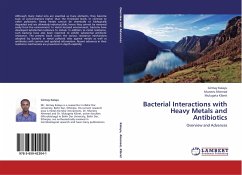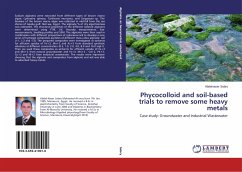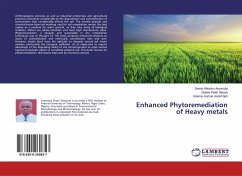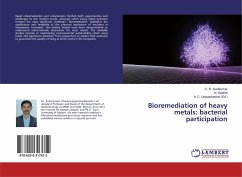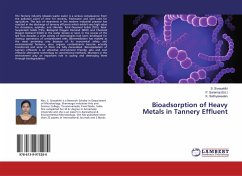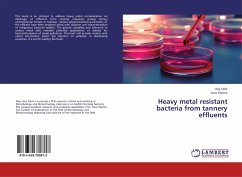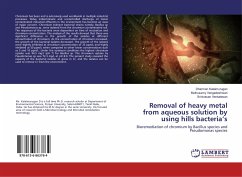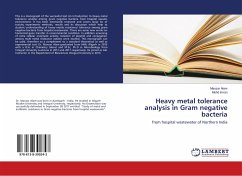Although many metal ions are essential as trace elements, they become toxic at concentrations higher than the threshold levels. In contrast to other pollutants, heavy metals cannot be chemically or biologically degraded and are ultimately indestructible; hence they cannot be removed easily from the environment. In metal stressed environment, bacteria have developed substantial resistance to metals. In addition to metal resistance, such bacteria have also been reported to exhibit substantial antibiotic resistance. The present book covers the various resistance mechanisms adopted by bacteria in metal polluted sites against metals as well as antibiotics with current and updated information. Recent advances in their resistance mechanisms are presented in depth explicitly.
Bitte wählen Sie Ihr Anliegen aus.
Rechnungen
Retourenschein anfordern
Bestellstatus
Storno

